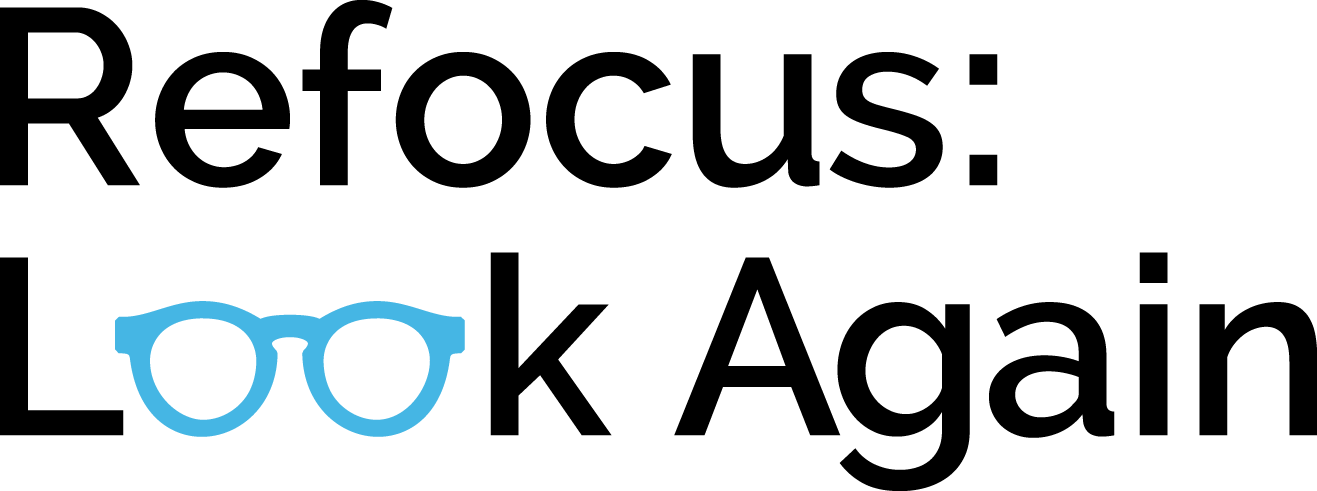On Our Own’s new training specialist, Nina Ovian, reflects on her changing relationship with substance use and stigma. Nina has been a long-time advocate for harm reduction and discusses how shifting away from abstinence-only recovery allowed her to heal from internalized stigma.
Tips for fighting stigma around invisible illness (shareable graphics)
There is a very good chance that you know someone who has an invisible illness, whether physical, mental, or both. This person may be a friend, partner, colleague, employer, teacher, or healthcare provider. Regardless of your relationship or their diagnosis, people with invisible illnesses need your support and respect. To help end the stigma, consider the following…
Living Under the Stigma of an Invisible Illness
This Distorted Perceptions original article outlines one woman’s experience living with invisible physical and behavioral health conditions and it’s impact in the workplace, educational system, healthcare, and personal relationships. Check out the infographics for practical suggestions on combating stigma for loved ones, employers/ colleagues, educators, healthcare providers, and people experiencing invisible illness.
Stigma and LGBTQ Consumers
Stigma and Older Adults
This Distorted Perceptions original article explores the intersection of ageism and behavioral health stigmas, and the “double challenges” that can result for older adults with behavioral health conditions. In summary, both stigmas are alive and well, and although positive cultural changes are beginning to occur we must “address the stigma of being an older person in a culture that under-values aging, as well as the stigma of being someone with a behavioral health challenge in a culture that views those challenges with fear and contempt.”
Stigma and Culture
The Connection Between Suicide and Stigma
Social Media: A Double Edged Sword for Combating Stigma
We live in a world where our personal use of social media has the potential to impact hundreds of people- for better or for worse. This DP Original article explores how social media can both be a tool for raising awareness and perpetuating stigma through misinterpretation, no matter how well-intentioned our post may be.
Stigma and Housing
Homelessness and Mental Illness: A Stigma Double-Whammy
“In our culture, it is easier to judge than to understand. The compounding of stigma against people with mental illness and those who are homeless and have these illnesses is truly a double-whammy.” Believing the distorted perceptions and blaming these individuals for their situation is much too simple. This DP Original article challenges “all of us to banish the stigma of homelessness from the lives of people experiencing it, in conjunction with understanding that, often, mental illness either results from or is a precursor to people losing their homes.”


